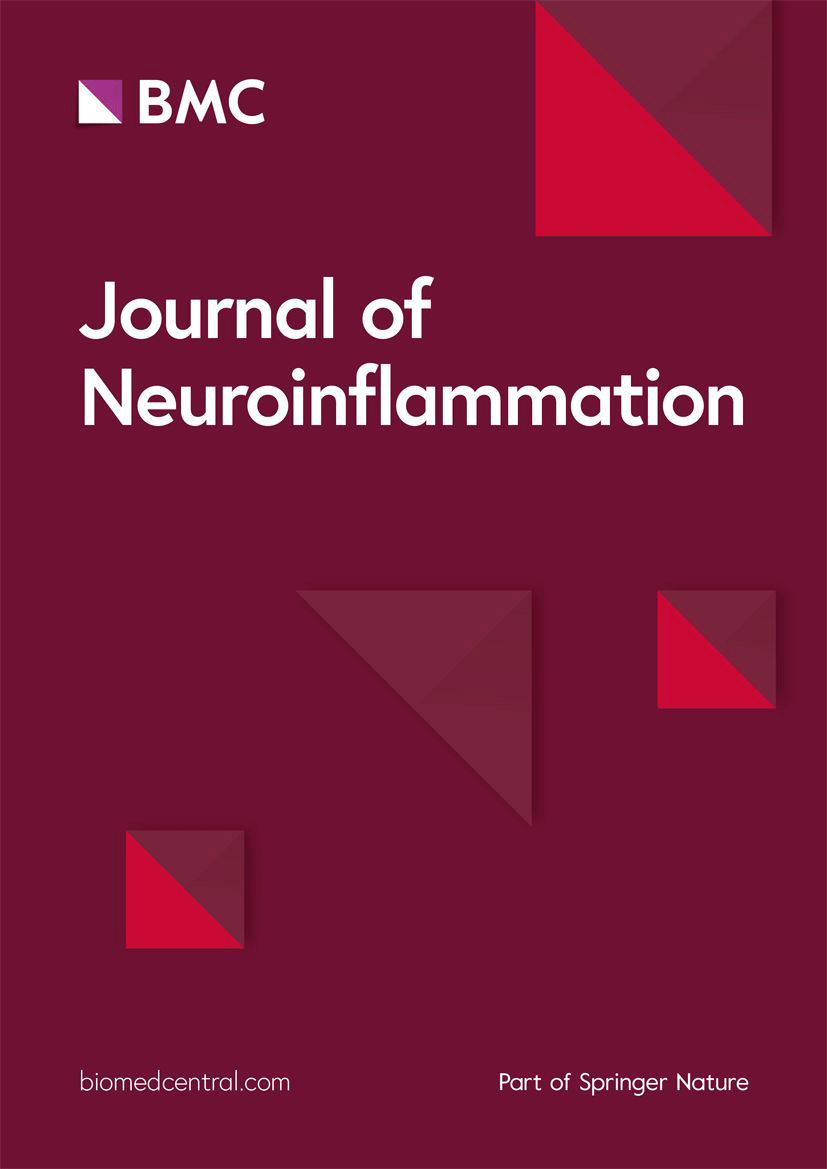The potential of gene delivery for the treatment of traumatic brain injury
IF 9.3
1区 医学
Q1 IMMUNOLOGY
引用次数: 0
Abstract
Therapeutics for traumatic brains injuries constitute a global unmet medical need. Despite the advances in neurocritical care, which have dramatically improved the survival rate for the ~ 70 million patients annually, few treatments have been developed to counter the long-term neuroinflammatory processes and accompanying cognitive impairments, frequent among patients. This review looks at gene delivery as a potential therapeutic development avenue for traumatic brain injury. We discuss the capacity of gene delivery to function in traumatic brain injury, by producing beneficial biologics within the brain. Gene delivery modalities, promising vectors and key delivery routes are discussed, along with the pathways that biological cargos could target to improve long-term outcomes for patients. Coupling blood-brain barrier crossing with sustained local production, gene delivery has the potential to convert proteins with useful biological properties, but poor pharmacodynamics, into effective therapeutics. Finally, we review the limitations and health economics of traumatic brain injury, and whether future gene delivery approaches will be viable for patients and health care systems.基因递送治疗脑外伤的潜力
脑外伤治疗是全球尚未满足的医疗需求。尽管神经重症监护技术不断进步,大大提高了每年约 7000 万患者的存活率,但却很少有治疗方法能应对患者中经常出现的长期神经炎症过程和伴随的认知障碍。本综述将基因递送作为一种潜在的脑外伤治疗开发途径。我们讨论了基因递送通过在大脑内产生有益的生物制剂来治疗脑外伤的能力。我们讨论了基因递送模式、有前景的载体和关键递送途径,以及生物载体可用于改善患者长期疗效的途径。将穿越血脑屏障与持续的局部生产结合起来,基因递送有可能将具有有用生物特性但药效学较差的蛋白质转化为有效的治疗药物。最后,我们回顾了脑外伤的局限性和健康经济学,以及未来的基因递送方法对患者和医疗保健系统是否可行。
本文章由计算机程序翻译,如有差异,请以英文原文为准。
求助全文
约1分钟内获得全文
求助全文
来源期刊

Journal of Neuroinflammation
医学-神经科学
CiteScore
15.90
自引率
3.20%
发文量
276
审稿时长
1 months
期刊介绍:
The Journal of Neuroinflammation is a peer-reviewed, open access publication that emphasizes the interaction between the immune system, particularly the innate immune system, and the nervous system. It covers various aspects, including the involvement of CNS immune mediators like microglia and astrocytes, the cytokines and chemokines they produce, and the influence of peripheral neuro-immune interactions, T cells, monocytes, complement proteins, acute phase proteins, oxidative injury, and related molecular processes.
Neuroinflammation is a rapidly expanding field that has significantly enhanced our knowledge of chronic neurological diseases. It attracts researchers from diverse disciplines such as pathology, biochemistry, molecular biology, genetics, clinical medicine, and epidemiology. Substantial contributions to this field have been made through studies involving populations, patients, postmortem tissues, animal models, and in vitro systems.
The Journal of Neuroinflammation consolidates research that centers around common pathogenic processes. It serves as a platform for integrative reviews and commentaries in this field.
文献相关原料
| 公司名称 | 产品信息 | 采购帮参考价格 |
|---|
 求助内容:
求助内容: 应助结果提醒方式:
应助结果提醒方式:


